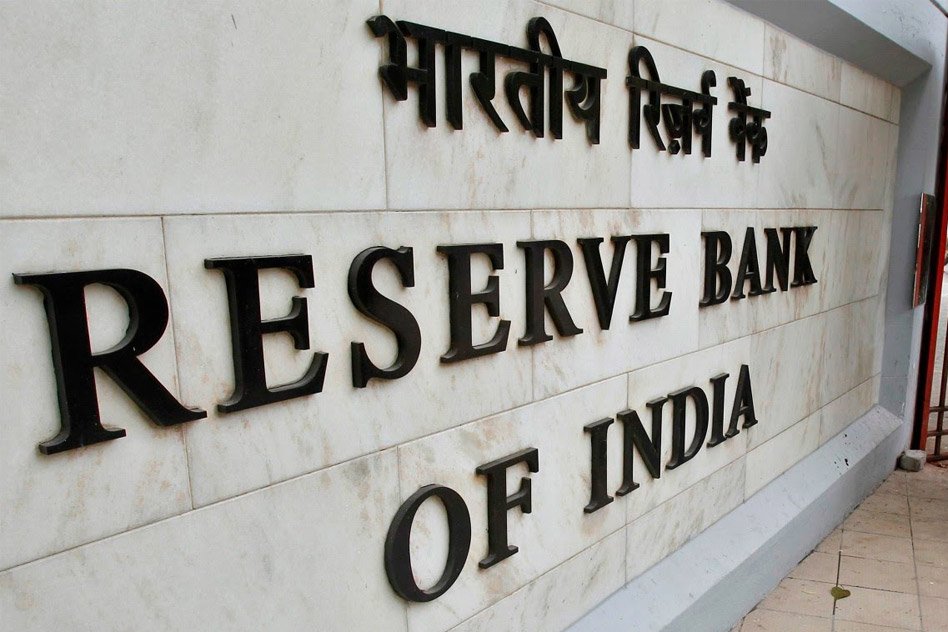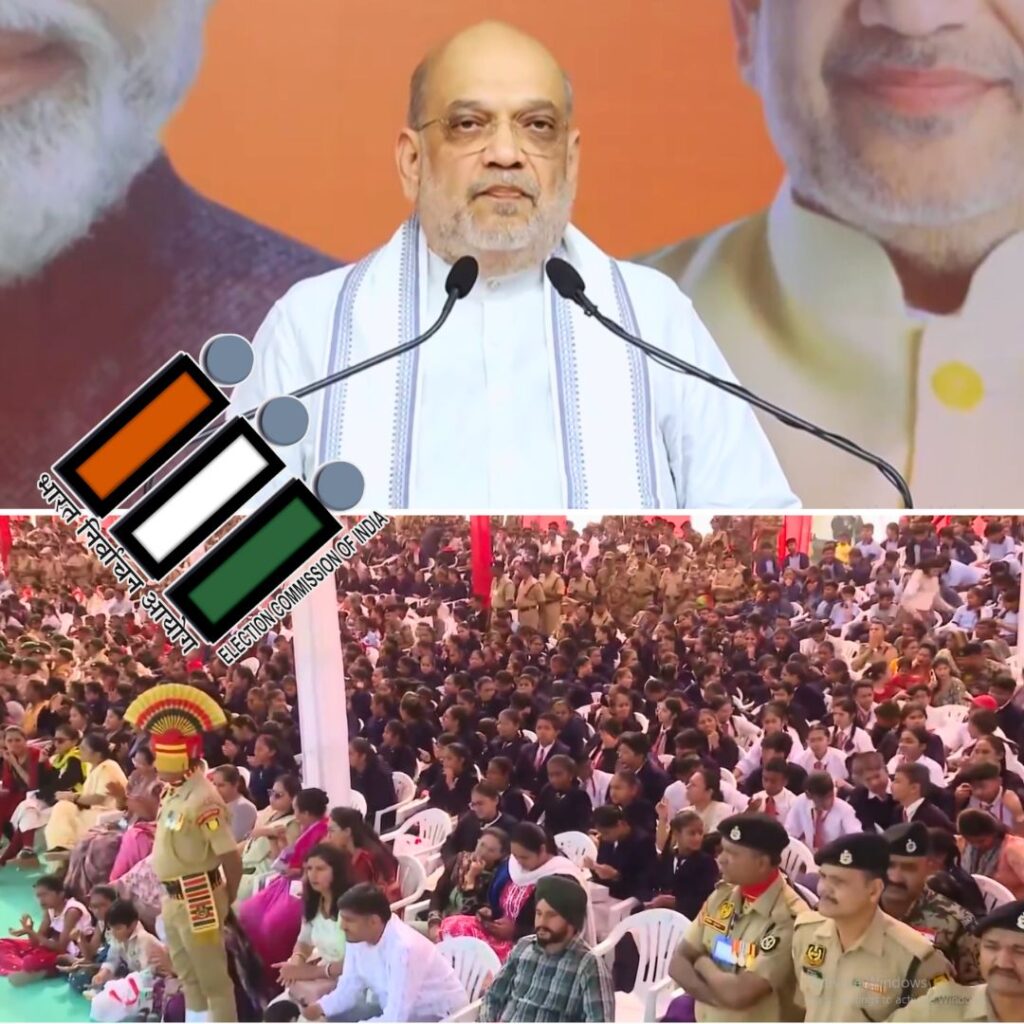Source: indianexpress | Image Courtesy: ytimg
The new guidelines of RBI on how to calculate their lending rates will make them work closely based on market rates and will allow quick transmission of monetary policy. It will come into effect on April 1, 2016.
Under the new guidelines, banks will set their lending rates under their marginal cost of funding every month, which will be the rate offered on new deposits. This move would force banks to better reflect market rates given deposit track money markets in India.
The fresh rules will benefit new customers but even the old ones will have the option to shift to the new regime with some conditions. Under the current system, banks set their lending rates based on the average rate of outstanding deposits, a system that had given them more freedom to determine how much to charge.
“Existing loans and credit limits linked to the Base Rate may continue till repayment or renewal, as the case may be. Existing borrowers will also have the option to move to the marginal cost of funds based on lending rate (MCLR) linked loan at mutually acceptable terms. Banks will continue to review and publish Base Rate as hitherto,” the RBI said in the final guidelines.
The new move will bring transparency in the methodology followed by banks for determining interest rates on advance. It is expected that the guidelines will ensure availability of bank credits at rates which are fair to the borrowers as well as banks.
Under the present system banks have the freedom to determine how much to charge and the lending rates are based on the average rate of outstanding deposit.
The banks are required to publish the benchmarks they use in setting their marginal cost of funds in order to improve transparency.
Banks reluctance to quickly lower their lending rates even as the central bank eased its interest rates has exasperated the RBI Governor, Raghuram Rajan.
Meanwhile, banks have opposed the rules, saying tracking deposit costs based on market rates can make lending rates too volatile, hurting their profit margins.
The RBI has also said that there is no need to change lending rates for existing loans as the new rules will only apply to new loans and existing loans that are up for renewal.












